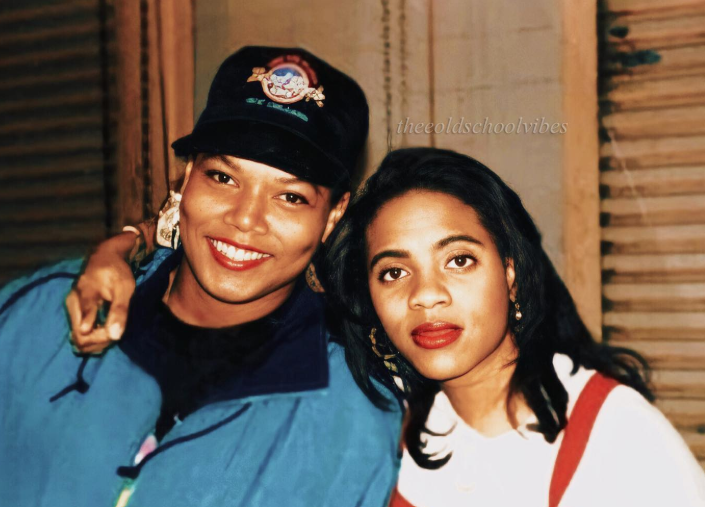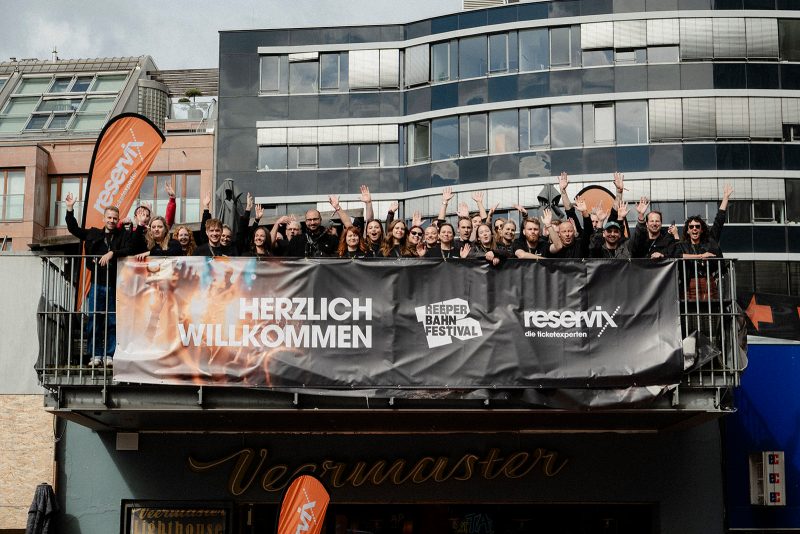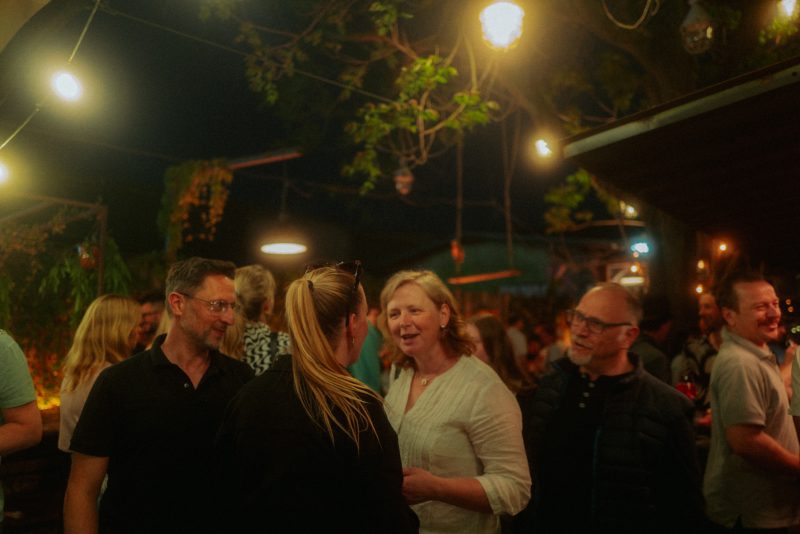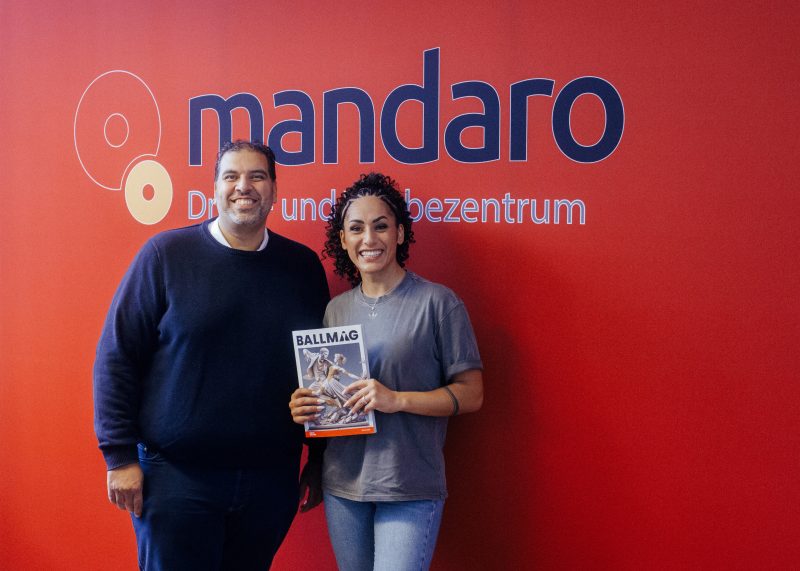Culture never stands still. It unfolds in waves, in eras, in generations – each shaped by social upheavals, technological innovation, and the longing for expression. Looking back on 50 years of HipHop, we can see a striking parallel to classical music: both can be divided into distinct epochs, each with its own codes, styles, and icons. The difference? While classical music needed centuries, HipHop has evolved through its generations in just a few decades – driven by globalization and social media.
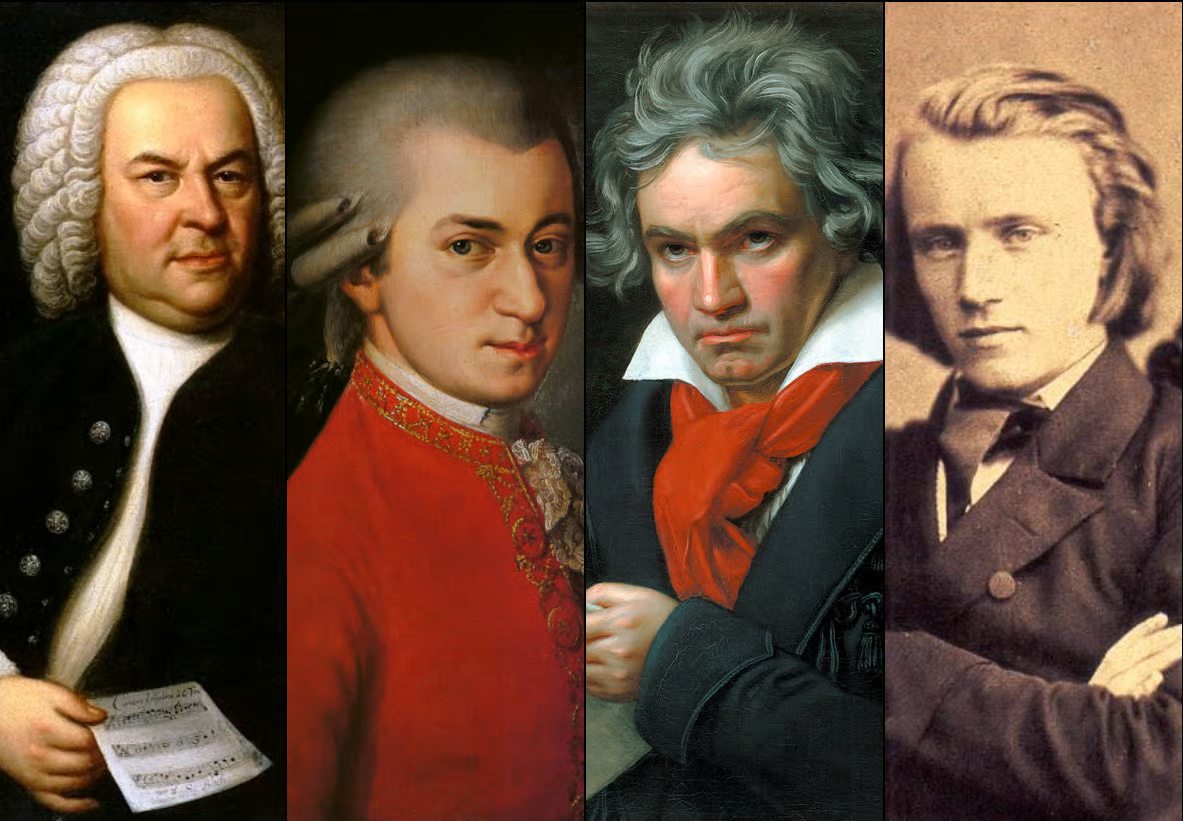
Classical Eras: Music as a Mirror of Society
European music history is rich with clearly defined periods:
- Baroque (1600–1750): Splendor, ornamentation, complex polyphony – music as a reflection of absolutist power. Bach, Händel, and Vivaldi created works that celebrated both order and virtuosity.
- Classical (1750–1820): Clarity, form, and balance – in the Age of Enlightenment, Mozart, Haydn, and Beethoven stood for harmony and structure.
- Romantic (1820–1900): Emotion, subjectivity, longing. Composers such as Schumann, Chopin, and Wagner turned music into an extension of the inner self and drew on national themes.
- Modern (20th century): Breaks, dissonance, avant-garde. Stravinsky, Schoenberg and others experimented with forms that shattered conventions and opened new artistic worlds.
Each era was more than sound. It reflected its time – from courtly representation to bourgeois Enlightenment to the industrial age.
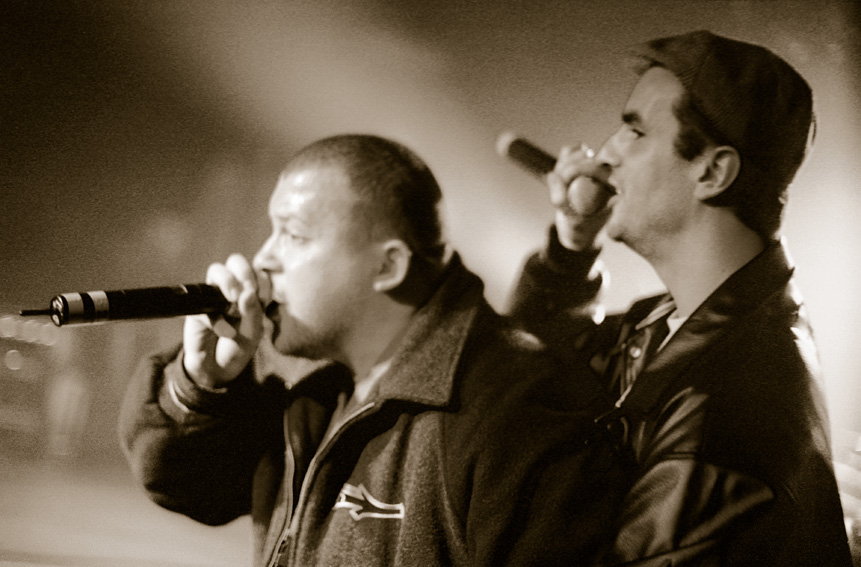
The Five Generations of HipHop
Born in the 1970s in the Bronx, HipHop follows a similar logic – only faster and more global. Generations can also be distinguished here:
- The Founding Years (1970s): DJs like Kool Herc, Afrika Bambaataa, and Grandmaster Flash laid the foundation. Block parties, breakbeats, and the first MCs made HipHop the voice of marginalized communities. Importantly, early female pioneers such as MC Sha-Rock and later MC Lyte shaped the sound, breaking gender barriers in a male-dominated scene.
- The Expansion (1980s): HipHop moves beyond New York. Run-DMC, LL Cool J, and Public Enemy bring rap into homes, onto records, and onto MTV. Queen Latifah and Salt-N-Pepa prove that women, through empowerment-driven lyrics, shape the culture just as much. Political messaging, style, and commercialization collide – HipHop becomes pop culture.
- The Golden Era (1990s): Diversity, lyrical depth, internationalization. East Coast vs. West Coast, iconic albums from Tupac, Biggie, Nas, or Wu-Tang Clan. At the same time, global scenes explode: France sees IAM and MC Solaar; the UK develops jungle, conscious rap, and the roots of grime; in Germany, Kool Savas, Advanced Chemistry, and Freundeskreis turn HipHop into a voice for migration and identity. This era marks the birth of truly global HipHop – from Paris to Berlin, from Johannesburg to Tokyo.
- The Digital Era (2000s): With Napster, YouTube, and social media, HipHop spreads without borders. Eminem, Jay-Z, Missy Elliott, and Outkast dominate the charts. Subgenres emerge: grime in the UK (Dizzee Rascal, Wiley), German street rap via Aggro Berlin, French conscious rap, and early global experiments with Latin and African beats.
- The Global Present (2010–today): Streaming and TikTok drive trends. Trap, drill, cloud rap, Afrobeats, and Latin trap define the sound. Artists like Cardi B, Nicki Minaj, and Megan Thee Stallion elevate female voices to the forefront. UK drill (Stormzy, Skepta, Central Cee), French rap (Booba, PNL), and German rap (Haftbefehl, Shirin David, Apache 207, Luciano) show that HipHop is now polycentric – no longer a U.S. monopoly, but a worldwide network.
Tempo, Reach, Complexity
Here lies the greatest difference between classical music and HipHop: speed. While the Baroque, Classical, or Romantic eras often spanned 80 to 100 years, HipHop generations shift every 10 to 15 years.
The reason: media and technology. Classical music spread slowly through printed scores, opera houses, and salons. HipHop grows in real time – from the Bronx to Berlin, from Lagos to Paris, from Seoul to São Paulo. Social media amplifies this process: a track can go viral on TikTok within hours and quickly spark a movement.
Yet despite the pace, both cultures reveal depth and complexity. Just as classical music encompassed opera, symphonies, and chamber music simultaneously, HipHop today unfolds through parallel subgenres and practices: rap, graffiti, DJing, breaking, streetwear, spoken word.
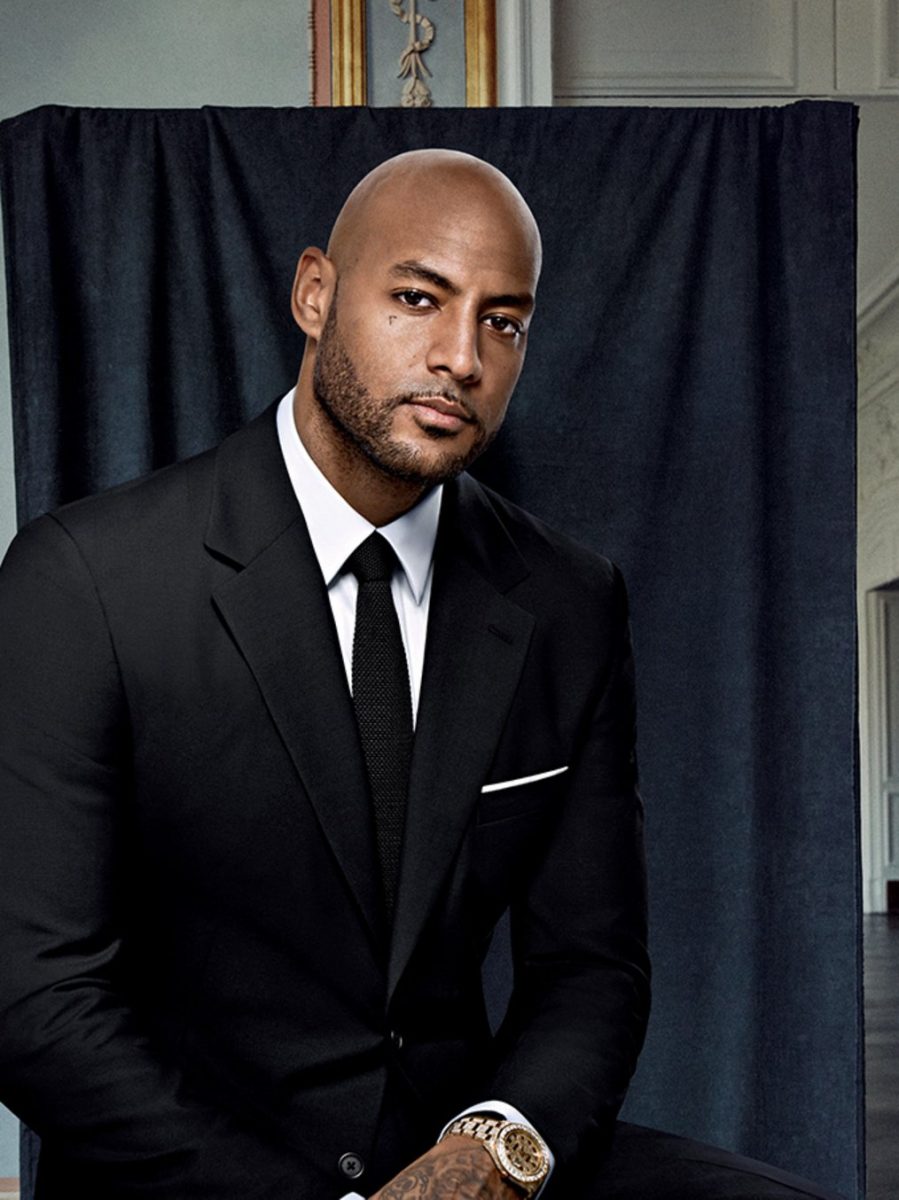
HipHop as the “Classical Music” of Our Time
The parallel is more than academic. It shows that HipHop is the classical music of today. It has its own epochs, legends, canons, and innovations. It speaks of social upheavals – migration, racism, digitalization – and translates them into sound, movement, and style.
If the Viennese waltz can be seen as the symbol of an era, then HipHop is already on equal footing: a culture that shapes generations, makes both female and male voices visible, and is understood worldwide.
Conclusion: From Vienna to Berlin, from New York to Lagos
Just as Mozart shaped Vienna in the 18th century, HipHop today shapes global metropolises. And just as classical music once expressed a society in transition, HipHop is the soundtrack of a world in flux.
Five generations in just 50 years – that is the speed of our time. But the principle remains the same: art is both mirror and motor. The HipHop Ball in Berlin’s Rotes Rathaus aims to make this visible – the meeting of classical music and HipHop, of tradition and urbanity.
Berlin proves what culture has always been able to do: transcend boundaries and shape the future.
